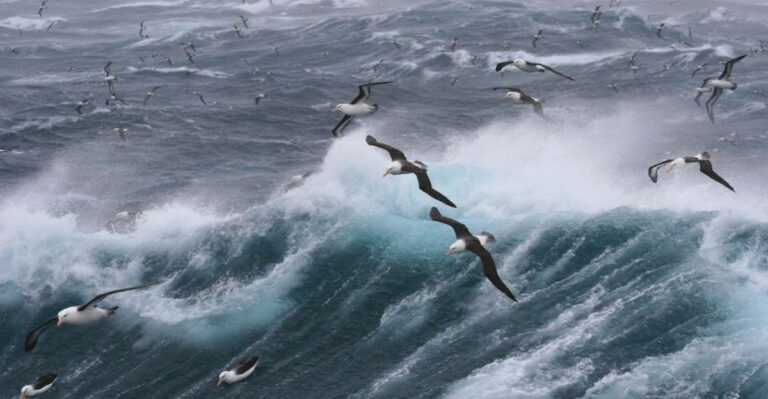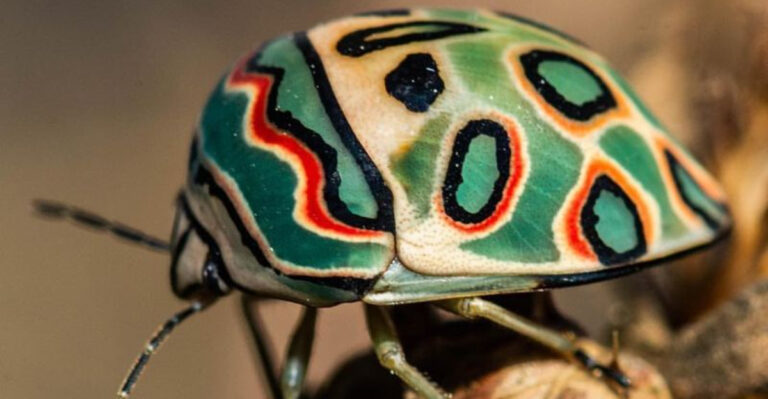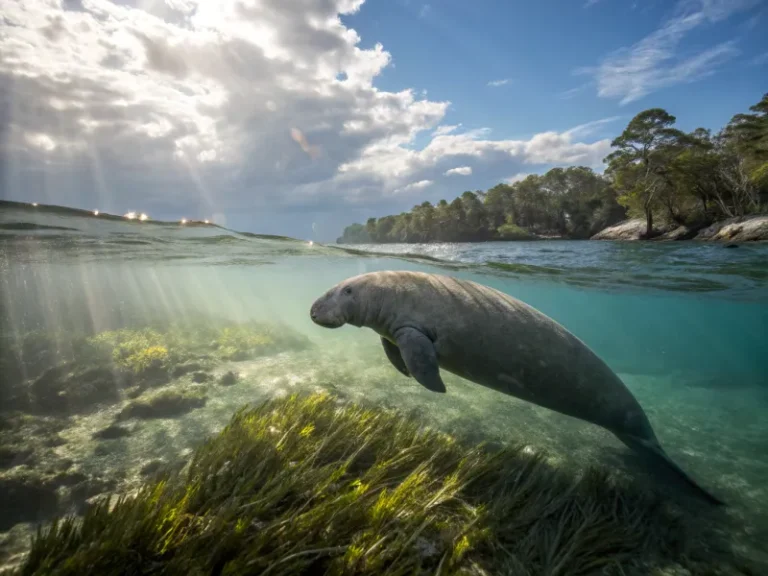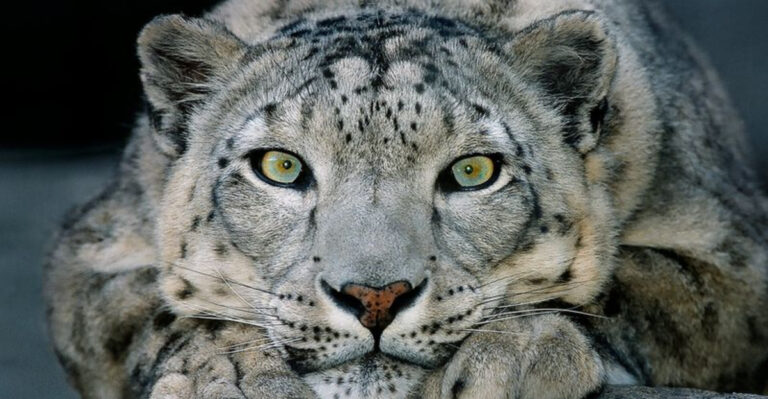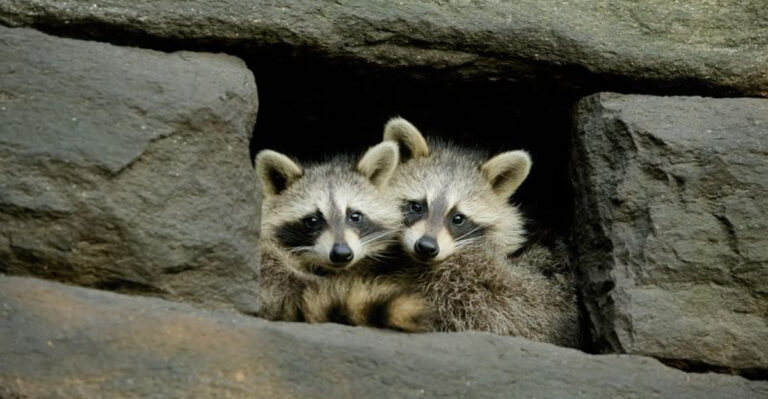15 Animals That Stopped Adapting To Humans And Thrive Naturally
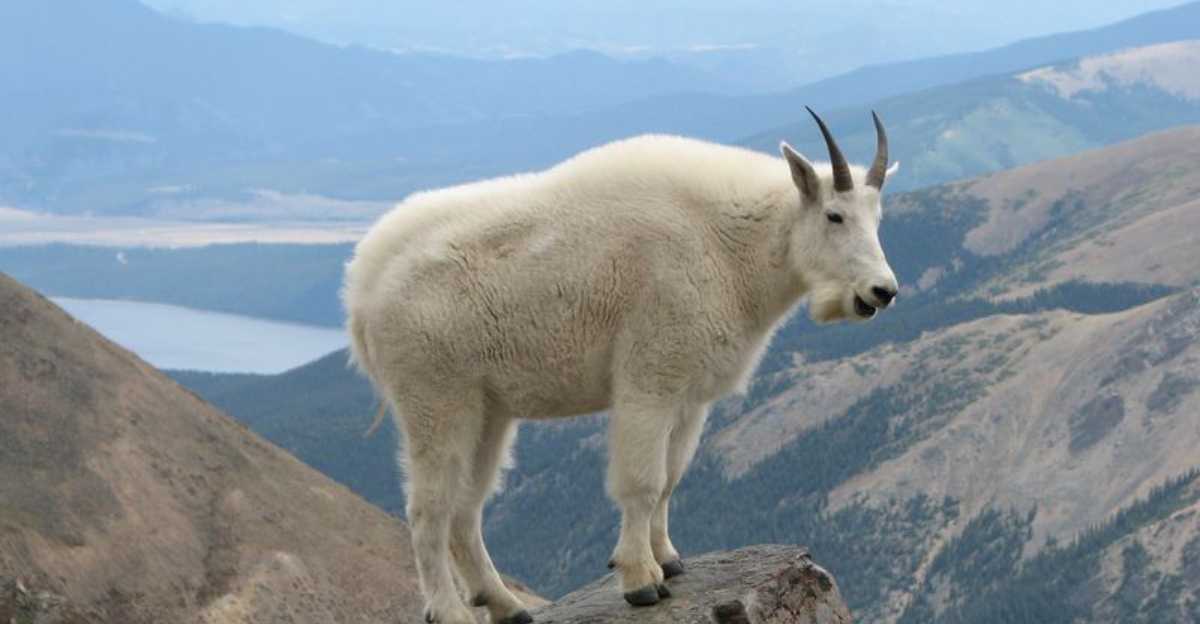
In a world dominated by human influence, some remarkable creatures have taken a different path. Rather than adapting to our presence, these animals have maintained their wild instincts and natural behaviors, proving that resistance isn’t futile.
Their success stories remind us of nature’s incredible resilience and the importance of preserving wild spaces for generations to come.
1. Living Fossils In The Deep
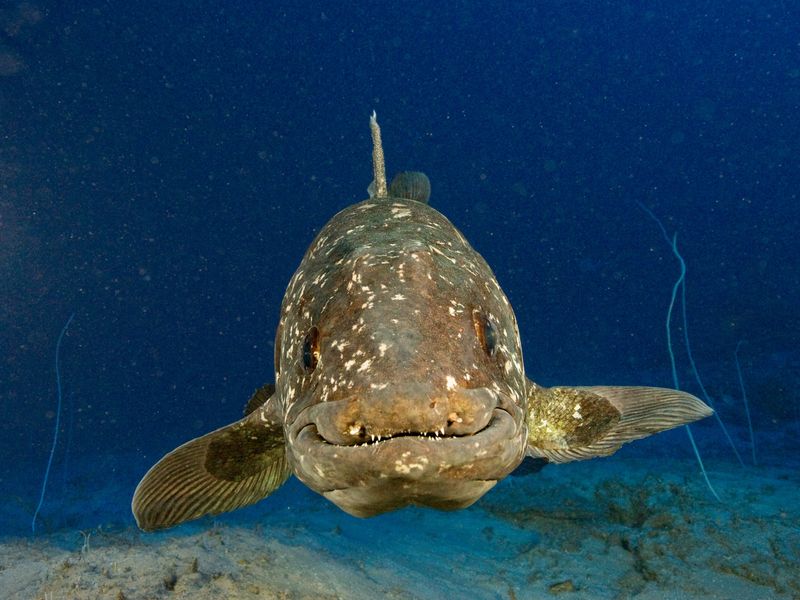
Unchanged for over 400 million years, coelacanths were thought extinct until one surfaced off South Africa in 1938. These prehistoric fish thrive in deep ocean caves, completely unaffected by human development.
Their primitive lungs and limb-like fins reveal our evolutionary past. With fewer than 1,000 individuals remaining, they’ve never needed to adapt to us – our technology simply couldn’t reach their shadowy domain until recently.
2. Forest Shadows That Outsmart Humans
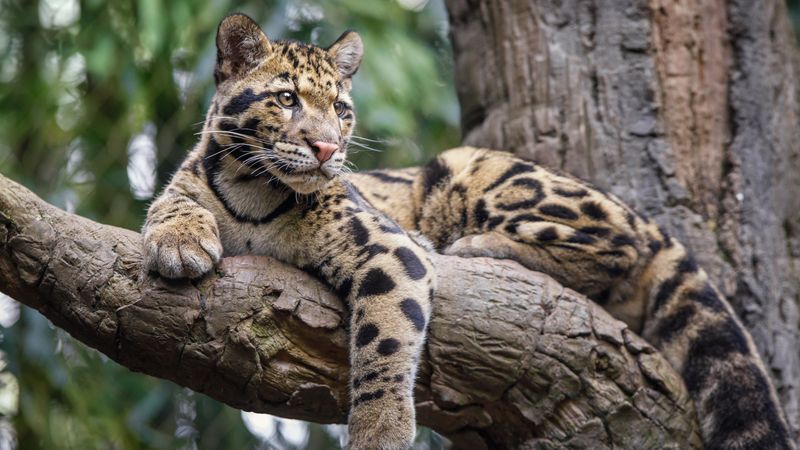
Rarely photographed and even more rarely seen, the clouded leopard vanishes like morning mist in Asian forests. Unlike other big cats, these elusive hunters never learned to fear or avoid humans – they simply mastered invisibility instead.
Their rotating ankles allow them to climb down trees headfirst and hang by their rear paws. This remarkable adaptation keeps them safely above human activity in the dense canopies of their shrinking habitats.
3. Poison-Dart Frogs Guard Their Toxic Secrets
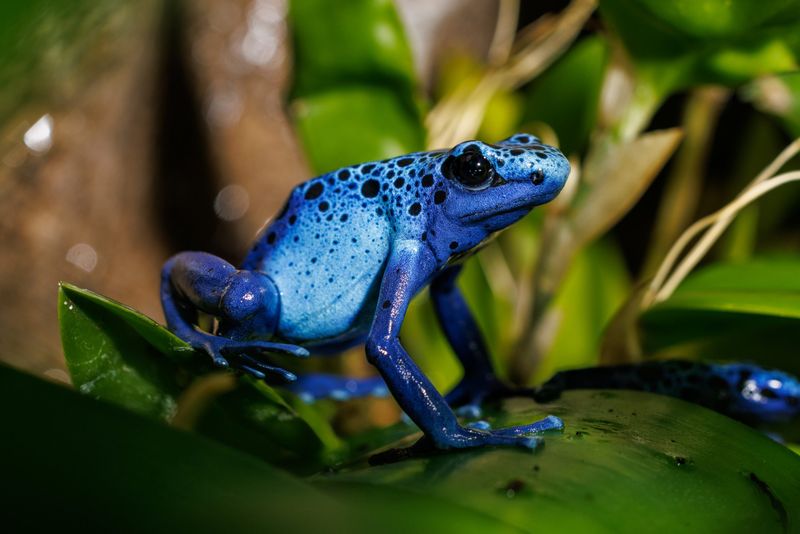
Brilliant blue, sunny yellow, or flaming orange – these thumbnail-sized amphibians advertise their toxicity with nature’s warning colors. Their poison comes from their wild diet of specific insects, something captive frogs lose entirely.
Despite habitat destruction, they’ve refused to adapt to human environments. No suburban gardens or city parks for these tiny toxic treasures. They remain committed to the wild, undisturbed rainforest floors where their specialized diet and breeding needs can be met.
4. Desert’s Invisible Predator
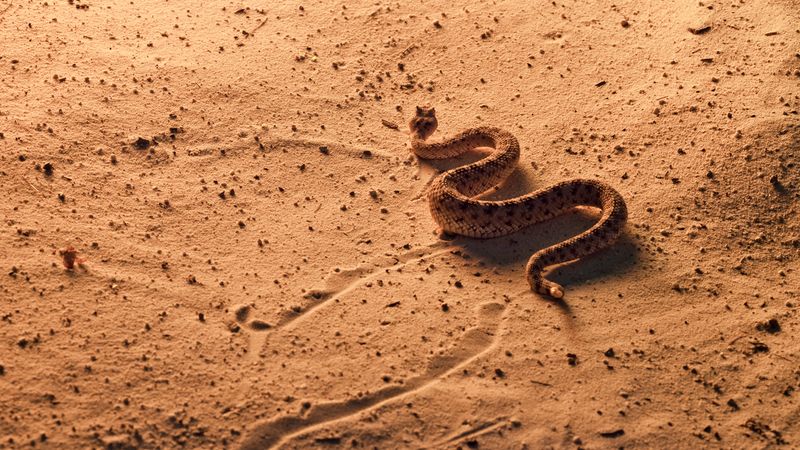
Sensing prey through vibrations in the sand, the sidewinder rattlesnake has mastered desert hunting. Unique sideways movement minimizes contact with scorching sand, a skill even advanced robots struggle to replicate.
Shunning human settlements entirely, sidewinders thrive in remote desert regions. Specialized hunting and movement techniques make them perfectly suited for life away from human interference.
5. Nocturnal Ghosts Of Madagascar
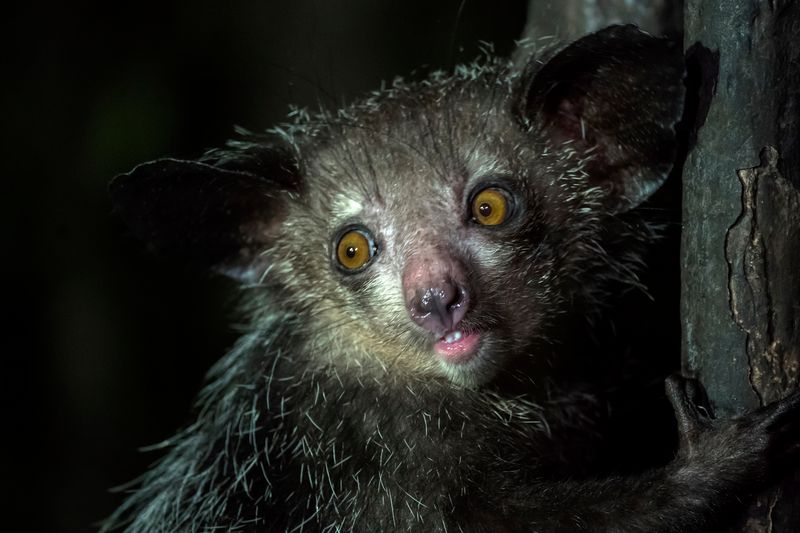
With enormous eyes that seem to absorb moonlight, aye-ayes tap on trees with skeletal middle fingers, listening for hollow spaces hiding grubs. When found, they gnaw holes and fish out insects with their elongated digits.
Locals consider them harbingers of doom, yet aye-ayes continue their ancient nocturnal routines, completely indifferent to human superstitions or settlements nearby.
6. The Ocean’s Perfect Predator
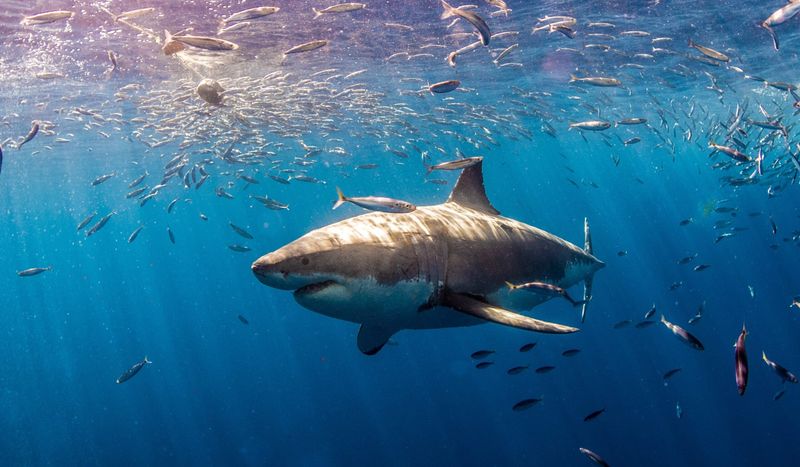
Practically unchanged for 450 million years, great white sharks represent evolutionary perfection. While some sharks have adapted to human presence, great whites maintain their natural migration patterns and hunting behaviors despite our interference.
They’ve never developed a taste for humans – contrary to popular belief. These apex predators continue their ancient oceanic cycles, unbothered by our coastal developments or fishing operations.
7. High-Altitude Masters Of Camouflage
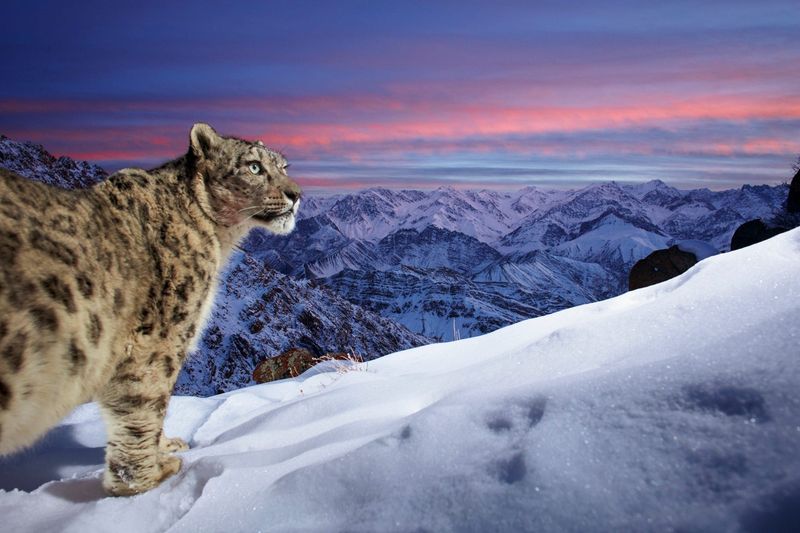
Blending perfectly with rocky Himalayan slopes, snow leopards move like flowing water across impossible terrain. Their enormous paws work like natural snowshoes, distributing weight across treacherous surfaces.
Unlike other big cats, they’ve never learned to fear humans. Their solution? Simply stay where we can’t follow. Their remote mountain kingdoms remain largely inaccessible to humans, allowing these ghost cats to maintain their natural behaviors without adapting to our presence.
8. Swamp Kings That Outlasted Dinosaurs
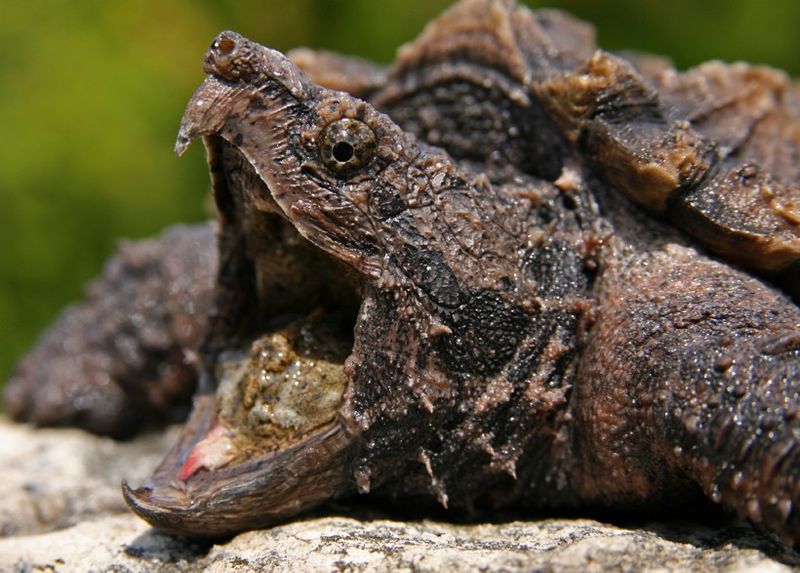
Witnessing an alligator snapping turtle hunt is like watching a dinosaur in action. Their worm-like tongue wiggles to lure fish directly into their powerful jaws – a strategy unchanged for millions of years.
Human development has drained countless wetlands, yet these prehistoric-looking reptiles refuse to alter their ancient ways. They don’t adapt to backyard ponds or decorative waterways. Instead, they retreat deeper into remaining wild swamps, maintaining behaviors that predate human civilization.
9. Underground Architects Of The Savanna
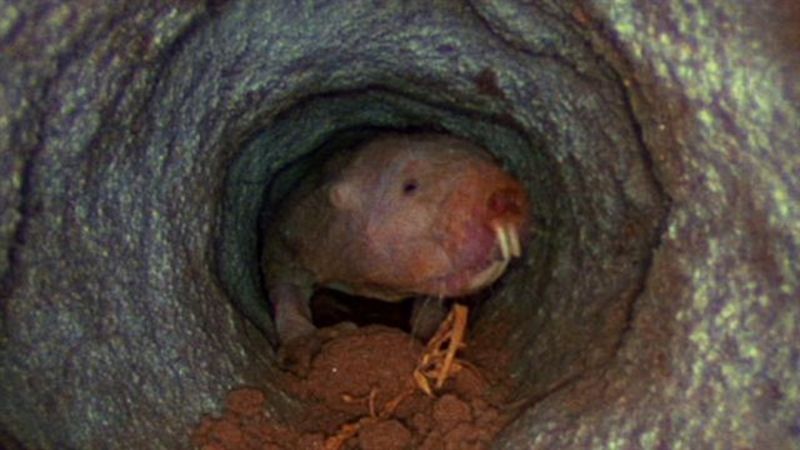
Living in vast underground colonies, naked mole rats create intricate tunnel systems that house thousands. Specialized chambers serve specific purposes, including nurseries, food storage, and waste disposal.
Completely blind and resistant to cancer, they maintain a subterranean existence, untouched by human presence. Deep beneath African savannas, their underground kingdoms continue expanding, following ancient social structures regardless of surface activity.
10. Rainforest Architects With Fatal Chemistry
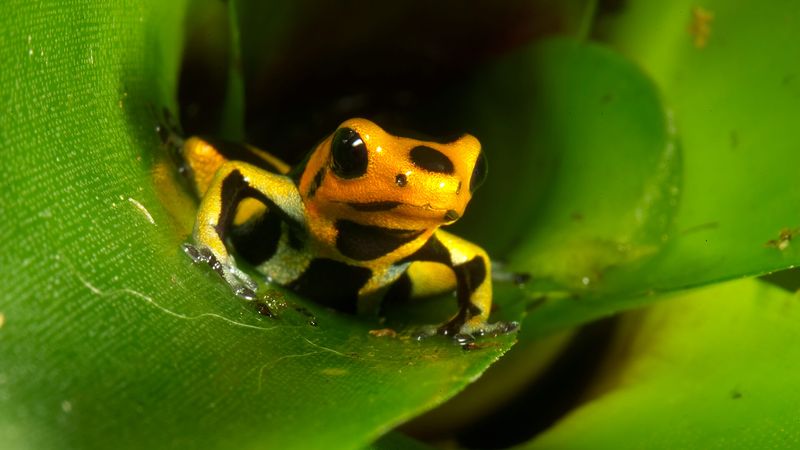
Wielding chemical warfare with surgical precision, poison dart frogs cultivate specific toxic bacteria on their skin. Some species contain enough poison to kill ten grown men, yet they handle their own toxins with complete immunity.
Unlike adaptable amphibians that thrive in human-altered habitats, these colorful frogs require pristine rainforest conditions. They’ve maintained their specialized breeding behaviors and toxic defenses rather than adapting to our encroachment, retreating deeper into undisturbed jungles instead.
11. Airborne Hunters That Defy Domestication
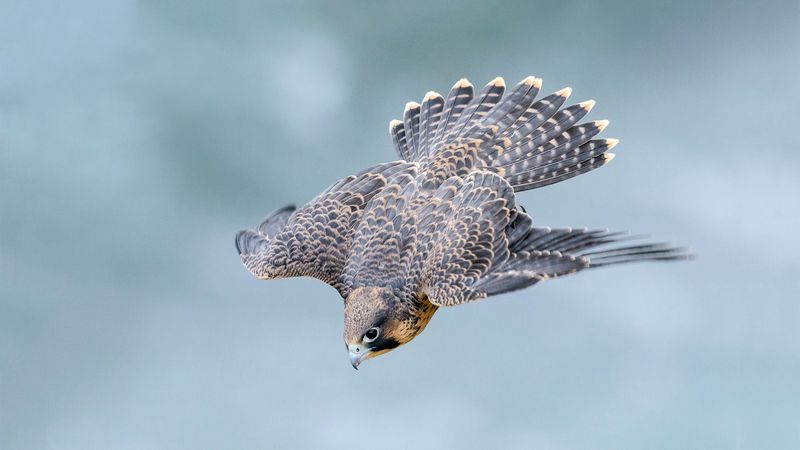
Swooping through mountain passes at 200 mph, peregrine falcons represent nature’s perfect aerial design. Their specialized nostrils contain spiral baffles that prevent lung damage during high-speed dives – engineering that human aircraft designers still study.
Though prized in falconry, these birds never truly domesticate. Released hunting birds frequently return to wild behaviors. Even after near-extinction from DDT poisoning, recovering populations maintained their natural hunting patterns rather than adapting to human-dominated landscapes.
12. Stealth Swimmers Of The Amazon
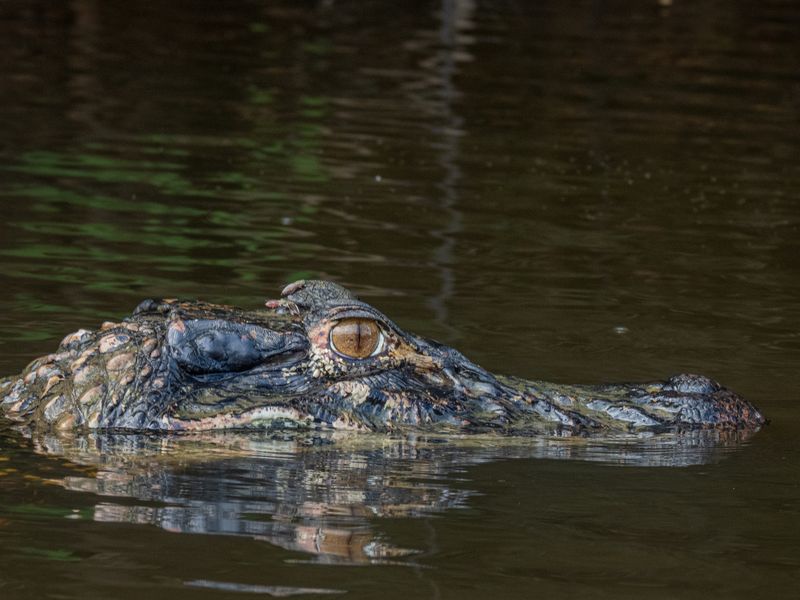
Spotting a black caiman in murky water is nearly impossible, a testament to its perfected stealth developed over 200 million years. Massive reptiles growing up to 20 feet long, they maintain complex social hierarchies and territorial behaviors.
Human-altered environments hold no appeal, with black caimans thriving in remote Amazon waterways. Hunting and breeding patterns remain unchanged, mirroring life as it was in prehistoric times.
13. Mountain Ghosts With Unbreakable Routines
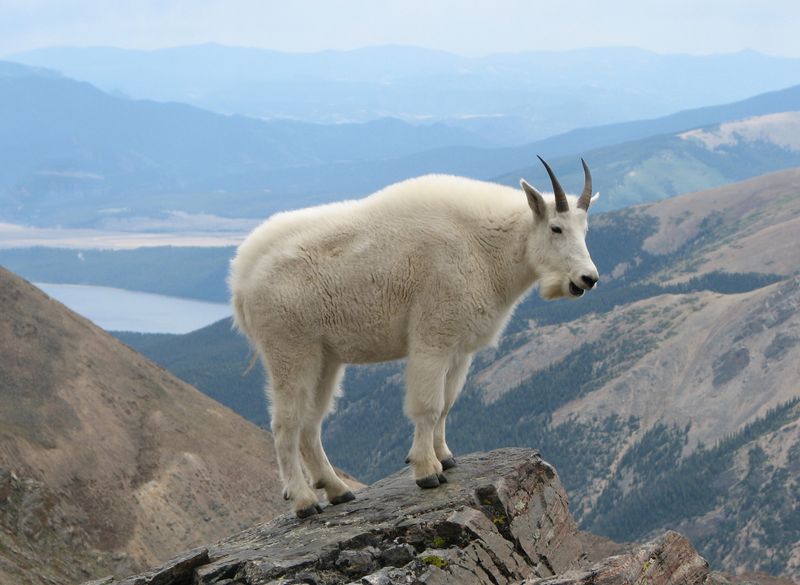
Navigating sheer cliffs that would terrify professional climbers, mountain goats perform death-defying feats daily. Their specialized hooves feature soft centers for grip surrounded by hard edges for durability – nature’s perfect climbing shoes.
Human development has pushed into many mountain ranges, yet these white apparitions simply move higher. They maintain their natural migration patterns and social structures, climbing to elevations where human interference becomes impossible.
14. Desert Survivors That Refuse Human Contact
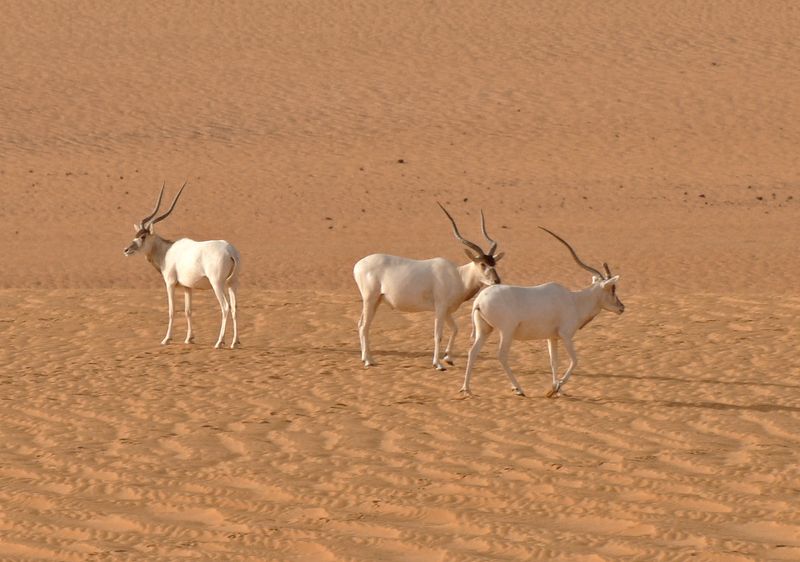
Going months without water seems impossible, yet addax antelopes thrive in the harshest Saharan conditions. Their specialized kidneys extract every drop of moisture from food, while their white coats reflect brutal desert sun.
Unlike many hoofed mammals that sometimes adapt to protected reserves, addax avoid all human contact. Their population has plummeted to fewer than 100 wild individuals, yet they maintain their ancient migration patterns across remote desert regions rather than adapting to human-managed conservation areas.
15. Ocean Wanderers With Perfect Navigation
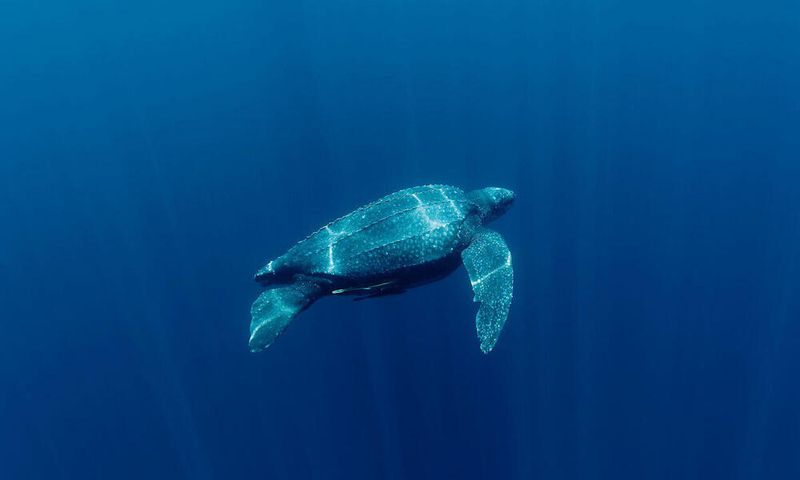
Leatherback sea turtles navigate thousands of miles with pinpoint accuracy, guided by internal magnetic compasses. Crossing vast, featureless oceans, they reach the same breeding beaches their ancestors used for millions of years.
Beach development worldwide has not altered their nesting habits, as they rely on moon phases and seasonal cues. Prehistoric breeding behaviors persist, unaffected by human presence along coastlines.

